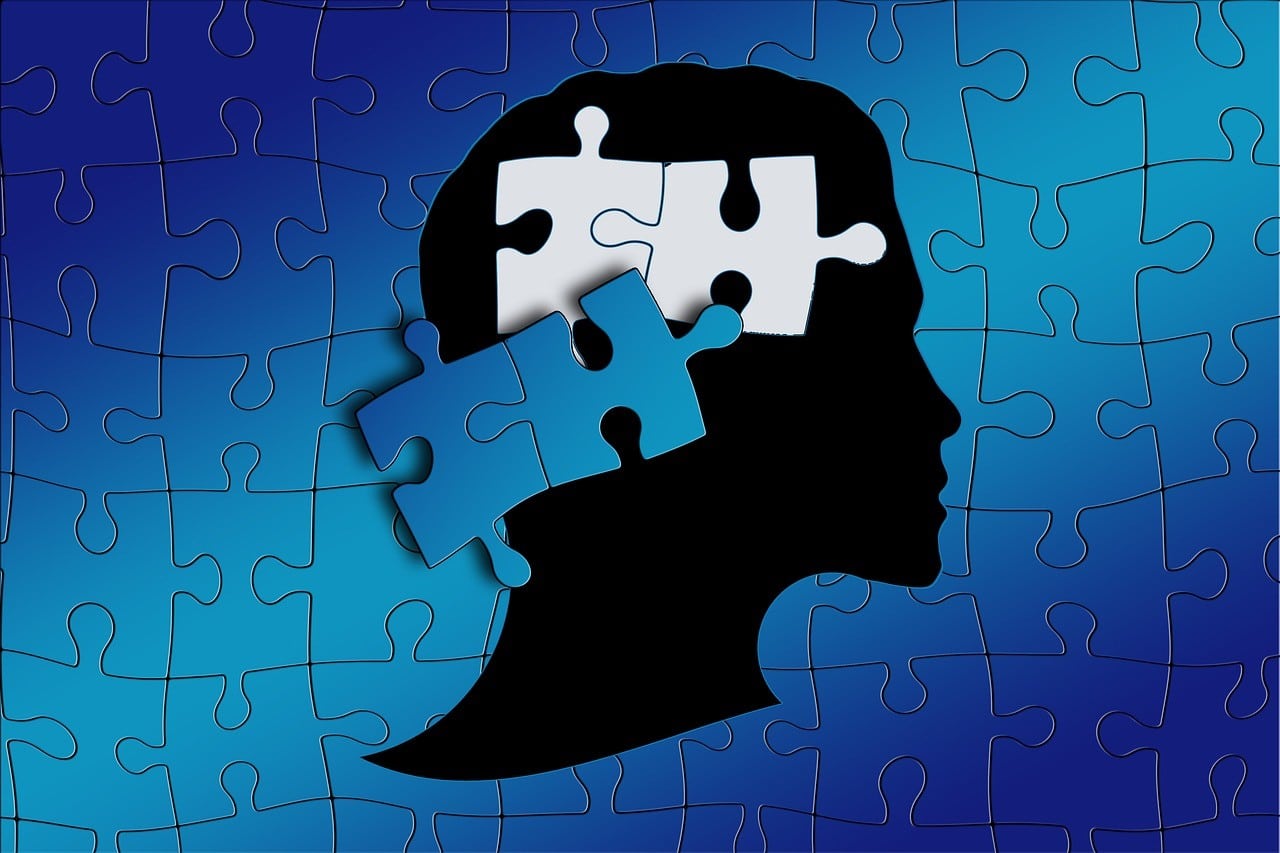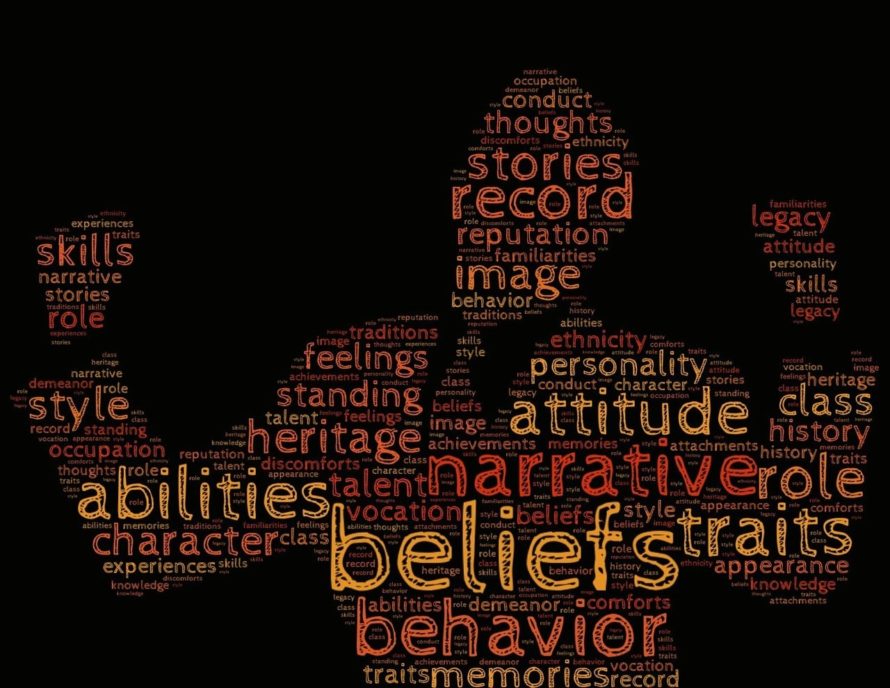As we enter the new year, and like millions of people, I thought about goals when the idea came “can we use NLP to change our beliefs and our lives.”
I define a belief as “something one accepts as true or real.” Beliefs are the signposts that guide how we think, decide, and act in any circumstance. It is our subconscious that forms and enforces our beliefs. The conscious mind protects us, guarding unwanted beliefs against entering and leaving our subconscious.
Neuro-Linguistic Programming (or NLP) is a set of beliefs that collectively form a framework of programs. One of these programs uses the idea that “people are always making the best choices available to them.” With this NLP strategy, you can plan new and more powerful mental models and give yourself a tool to change your limiting beliefs.
How Do We Create Beliefs?
We form most of our beliefs during highly emotional events in our lives.
We also create beliefs when we hear or read new ideas, in books, at school, and even on TV. We create beliefs consciously and unconsciously throughout our lives. And beliefs can change.
We create powerful beliefs in our childhood that influence us when we are adults. As we age, our experiences help us create new beliefs (St Nicholas, Dentist) and discard old ones (Santa, Tooth Fairy).
You would think it is easy to get a new belief and replace an old one if the new one helps us achieve our goals. Not so. We are wired to hold on to beliefs. That’s why change is so hard.
When things are normal and constant, then life is reassuring. But they can stop us from growing and advancing.
The Two Sides of Our Beliefs
I classify our beliefs based on whether they empower us or limit us.
Beliefs that empower us give us the confidence to complete our goals. For example, I believe I can help people because I am a natural problem solver. This belief helps me create other linked beliefs, such as “I can give people solutions by writing about them.”
This helps me to overcome my present limitations and build my confidence and outlook. If I stay focused, that my outcome is to help people with a solution to their problems, my beliefs will help me succeed.
What Kind of Beliefs Limit Us?
Just like a mirror, beliefs that limit me guide how I think and act, but in the opposite, negative way.
How can you tell if one of your beliefs is limiting you?
Here are seven signs it’s time to change something you believe:
- You talk negatively about your belief or it has a negative meaning;
- You use words like “can’t,” “shouldn’t,” “won’t,” “not possible,” “maybe not,” etc.;
- You use language like, “I am terrible at chess,” or “I am always losing my keys”;
- Your belief stops you from learning or doing something new;
- It brings up lots of negative emotions for you, like fear of failure, sadness, hopelessness, etc.;
- You resist owning up to this negative belief, but there’s nothing to dispute it;
- Your limiting belief puts you in a depressive mood, makes you angry and feel inadequate.
Were You Born Pessimistic?
There is a few scientists that think we humans were born with a pessimistic outlook on life.
They believe (hah!) that we inherited our bleak outlooks from our prehistoric ancestors who had to deal with predators, disaster, and food scarcity. They think we are hard-wired to be pessimists, thinking danger is around the corner. Optimists are the next meal.
But we are thousands, millions of years removed from that world. And thinking like that makes our modern world seem small, and we feel boxed in.
And having a pessimist view, a negative outlook is a sure sign of your limiting beliefs.
And this is where Neuro-Linguistic Programming comes it. NLP can change limiting beliefs you’ve had since childhood and replace them with empowering beliefs.
With NLP strategies you can plan new and more powerful mental models. And with these models, you can create new plans and goals to make you more successful.
You will find more in-depth articles about our beliefs and values on this site. However, this article will help you change your beliefs. Let’s create new and empowering ones:
- Think about your most powerful, or your strongest beliefs? Write them down.
- Go down your list one by one. Which of these beliefs empower you? Is it helping you to grow physically, mentally, spiritually? Put an E beside it.
- Go down the list again. Which of these beliefs limit you? Is it preventing you from going out there and learning and experimenting? Put an L beside it.
- Under each limiting belief, answer the following question: What can I do to replace or eliminate my limiting belief?
- Under each empowering belief, answer the following question: How can I further develop my empowering beliefs?
“If men define situations as real, they are real in their consequences.”—The Thomas Theorem by W.S. & D.I. Thomas
So, our beliefs and belief system are important because they can help us succeed (empowering) or they can trap us (limiting). Let’s now look at how other people’s beliefs can affect your accomplishments.
How Other People’s Beliefs Affect Us
The past decade has been the “me-decade.” Someone has told us to seek true happiness and do what it takes to achieve our dreams.
We have seen a lot of good as we all look to achieve our life goals. But many things beyond our control affect our outcomes.
One important factor is other people’s beliefs. So how does my next-door neighbor’s, or my co-worker’s beliefs affect what I can accomplish?
When you or I interact with others regularly, we are subject to what they think and say. And sometimes I try to stay true to my own beliefs while trying to block thoughts and beliefs that are not mine.

The Famous Classroom Experiment
In 1963, Professor Robert Rosenthal of the University of California San Francisco conducted a now famous “classroom experiment”.
He conducted the experiment on the hypothesis that a teacher’s expectations of students, negative or positive, influenced the student’s performance, negatively or positively.
Dr. Rosenthal selected a group of students from a local elementary school. He gave them an IQ test, the Tests of General Ability (TOGA) at the beginning of the school year. To set up their expectations, they informed the teachers that the test was the “Harvard Test of Inflected Acquisition.” As they were unfamiliar with the test, the teachers believed the students taking the tests would start the year better, and the other students would not.
They gave teachers the names of those students in their classes who scored in the top 20% of this test. What the teachers didn’t know is that Dr. Rosenthal placed students at random in this “top 20%.”
Dr. Rosenthal gave the test to the same students again at the end of the school year. There were clear differences. Students who teachers “expected” to show strong academic success performed as expected. Students “not expected” to perform that way did not.
How Do “Expectations” Affect Us?
Rosenthal’s “classroom experiment” showed what other believe and believe about us influence us, and those beliefs can have a huge, sometimes, life-changing impact on our performance.
They chose the students in the experiment at random. Only the teachers knew what to expect. And they didn’t know the tests were primarily non-verbal and did not dependent on skills reading or writing skills. How the students performed during the school year depended on the teachers’ expectations and how they treated each student.
They expected the students in the test group to excel. And the teachers’ interactions with them were probably more positive and encouraging. We can surmise that these students got a positive subconscious boost. They had a change in belief about their performance.
How Do We Use External Beliefs?
Rosenthal’s experiment showed that if you believe things to be true, then your outcomes would align with your beliefs. Now imagine if I fill your life with people who believe in you, who believe you can accomplish your goals. Imagine how you influence your children, spouse, friends with your beliefs.
But the opposite is also true. Those students who didn’t take the test didn’t perform and their peers. Surround yourself with limiting beliefs or expectations, guess what? You become limited. Limiting beliefs about what you can and cannot do can easily become part of your belief system. And think about younger children. They don’t have the sophistication of adults.
Go back to that list of powerful beliefs. Pull those negative ones out. How do you turn it positive? Or eliminate it. How do you consciously identify and reject negative beliefs as you encounter them?
Your subconscious absorbs and reinforces beliefs you consciously allow to enter the mind. Examine every thought, every belief before it enters or leaves your consciousness. Write them down if they are strong ones you encounter daily. Protect your own subconscious.
Learn NLP Secrets and use NLP to change your beliefs and your life.
References
“Changing Beliefs.” NLP Comprehensive, www.nlpco.com/library/changing-beliefs/.
DILTS, ROBERT BRIAN. CHANGING BELIEF SYSTEMS WITH NLP. DILTS STRATEGY Group, 2018.


